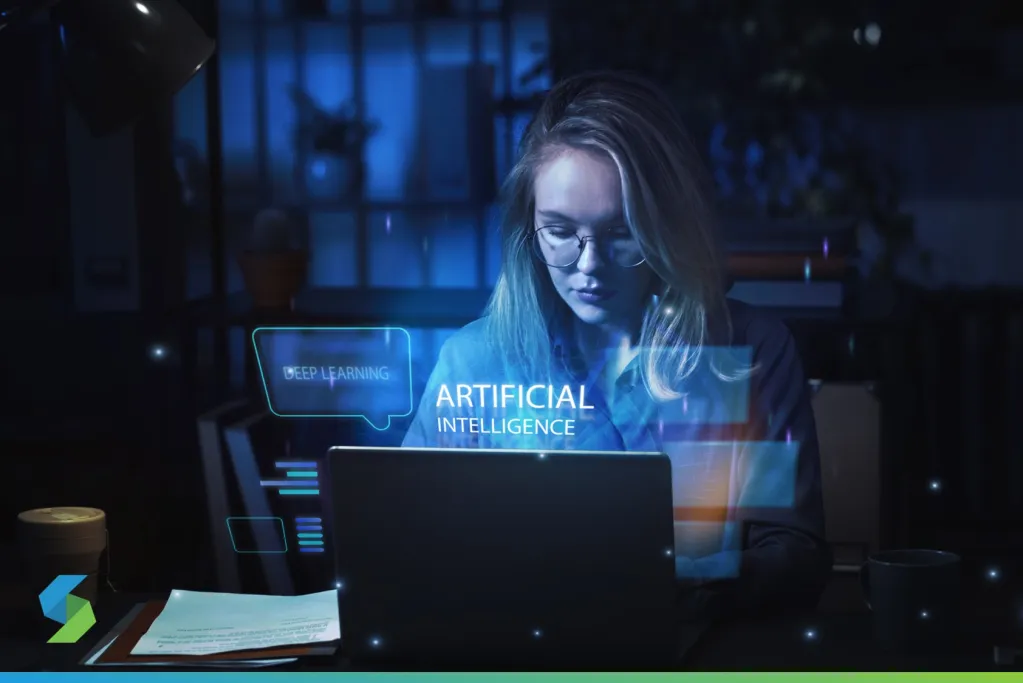The demand for faster software delivery and flawless user experiences has made software testing automation a critical component of modern development. However, traditional automation methods often struggle to keep up with the increasing complexity of applications, diverse environments, and rapid release cycles. This is where Artificial Intelligence (AI) and Machine Learning (ML) are transforming the landscape. By bringing intelligence, adaptability, and predictive power into test automation, AI and ML enable organizations to achieve higher accuracy, speed, and efficiency while reducing human effort.
Why AI and ML Matter in Test Automation
Traditional test automation frameworks are rule-based, requiring significant manual effort to design, update, and maintain. When applications evolve—whether through UI changes, new features, or backend modifications—scripts often break, leading to high maintenance costs. AI and ML address this challenge by learning from historical data, adapting to changes, and predicting potential risks before they impact users.
This shift from static automation to intelligent automation not only reduces manual intervention but also accelerates continuous testing in CI/CD pipelines, ensuring reliable releases at scale.
Key Benefits of AI and ML in Test Automation
1. Smarter Test Case Generation
AI-driven systems analyze application behavior, user journeys, and historical defect data to automatically generate test cases. This reduces dependency on manual scripting while ensuring broader coverage across workflows.
2. Test Case Prioritization
Not all test cases hold the same importance. ML models can prioritize tests based on risk, recent code changes, or past failure patterns, allowing teams to focus on high-impact scenarios first. This improves efficiency and reduces time-to-release.
3. Enhanced Defect Prediction
By studying historical defect trends, AI can forecast which areas of an application are most prone to failure. Predictive analytics help teams proactively address risks before they become critical issues.
4. Maintenance of Test Scripts
One of the most frustrating aspects of automation is broken scripts after minor UI or code updates. AI-based tools can self-heal scripts by identifying changes in element properties and updating them automatically, saving valuable time and effort.
5. Visual and UI Testing
AI-powered image recognition detects even subtle visual discrepancies that human eyes or traditional methods might miss. This ensures consistent and accurate UI validation across devices, screen sizes, and operating systems.
6. Continuous Learning and Optimization
As applications evolve, AI and ML systems improve over time by learning from new data. This continuous learning loop ensures that automation becomes more accurate, resilient, and aligned with real-world usage patterns.
Real-World Applications of AI and ML in Testing
- Mobile App Testing at Scale – AI models help adapt to frequent UI updates, device fragmentation, and network variability by dynamically adjusting test scripts.
- E-commerce Platforms – ML-driven prioritization ensures critical paths like checkout and payment are always validated first, reducing the risk of revenue loss.
- API Testing – ML algorithms monitor traffic patterns, detect anomalies, and predict failures in real-time, improving system reliability.
- Regression Testing with RPA – Robotic Process Automation combined with ML streamlines regression cycles, automatically re-executing relevant tests after every release.
Best Practices for Implementing AI and ML in Test Automation
- Start with the Right Data – AI models depend on large volumes of clean, high-quality data. Gather usage analytics, defect logs, and historical test results for training.
- Adopt Iterative Integration – Introduce AI capabilities gradually into existing automation frameworks instead of a complete overhaul.
- Combine Human and Machine Intelligence – While AI handles repetitive tasks and predictions, human testers should validate critical UX elements and ethical considerations.
- Focus on Explainability – Use models that provide transparency in decision-making to build trust within development and QA teams.
- Monitor and Retrain Continuously – As applications evolve, ML models must be updated regularly to remain effective.
Challenges to Consider
While promising, AI and ML adoption in test automation comes with challenges:
- Data Dependency – Without quality data, models risk generating inaccurate results.
- Complexity and Maintenance – AI systems require ongoing tuning and monitoring.
- Bias and Explainability – Black-box models can be difficult to interpret, creating concerns around decision-making transparency.
- Integration Efforts – Incorporating AI-driven capabilities into legacy automation frameworks may require additional investment and resources.
Organizations that acknowledge and prepare for these challenges are better positioned to maximize the benefits of AI-driven test automation.
The Future of AI and ML in Test Automation
Looking ahead, AI and ML will continue to redefine test automation. Emerging trends include:
- Self-healing automation frameworks that adapt dynamically to application changes.
- Predictive quality engineering where AI forecasts potential risks before code is deployed.
- Generative AI in testing to create test cases, user journeys, and even simulated data environments.
- Deeper integration with DevOps pipelines to enable continuous, intelligent feedback loops.
This evolution positions AI-driven testing as a core enabler of faster, more reliable, and user-centric software delivery.
Conclusion: Driving Intelligent Test Automation
AI and ML are not just enhancing AI in test automation, they are redefining it. By enabling predictive insights, adaptive testing, and self-healing capabilities, they empower teams to deliver software that is faster, more reliable, and aligned with user expectations. Businesses that embrace these technologies will gain a competitive advantage in today’s fast-paced digital ecosystem.
At HeadSpin, AI and ML are central to delivering intelligent testing solutions. With advanced capabilities in real device testing, automated performance monitoring, and AI-driven analytics, HeadSpin helps organizations identify issues earlier, optimize user experiences, and accelerate release cycles. By combining cutting-edge technology with actionable insights, HeadSpin empowers businesses to achieve testing excellence in an increasingly complex digital landscape.
Keep an eye for more latest news & updates on The Influencersgonewild!


